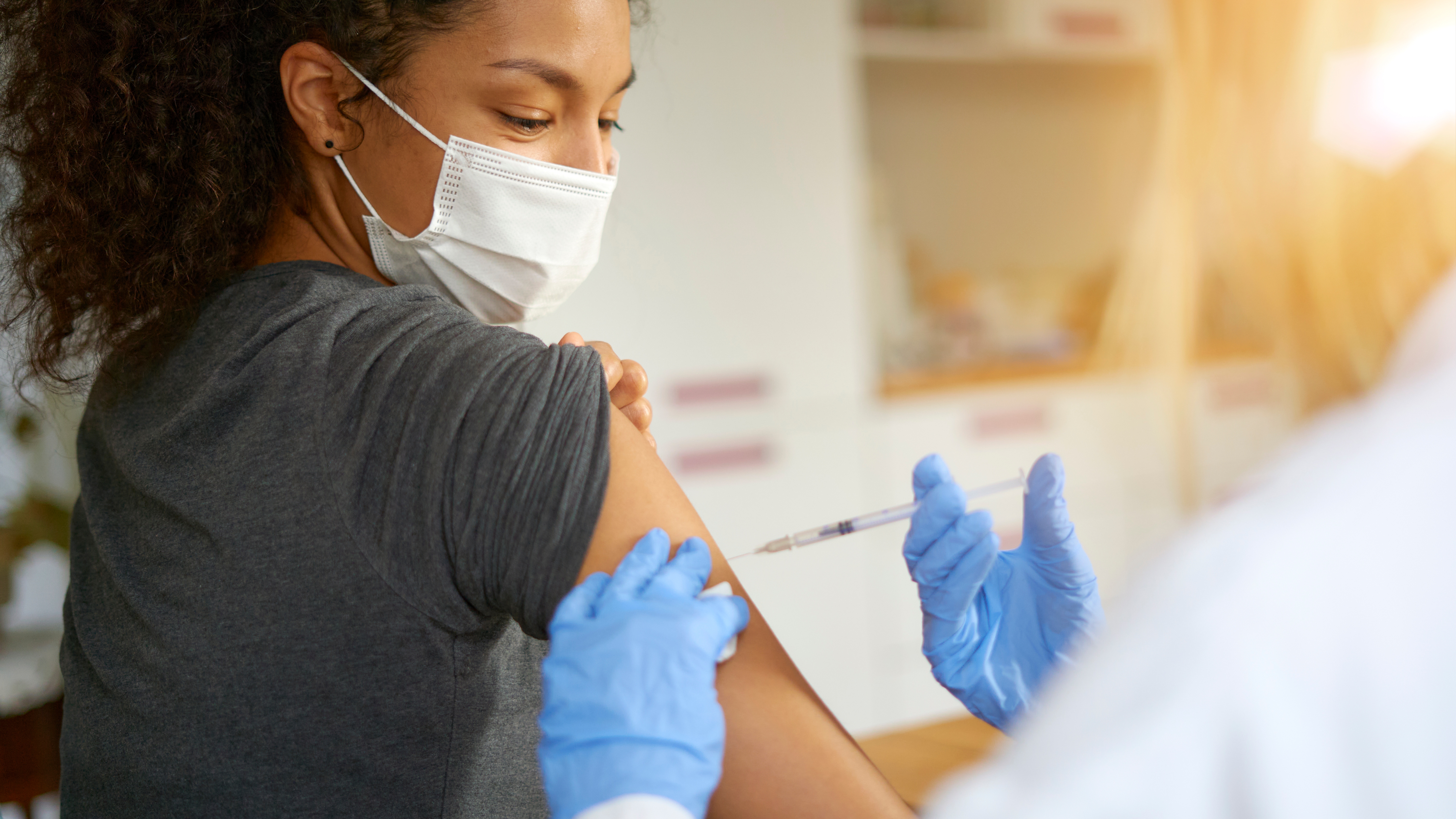
The microbiome and the brain-gut axis
Will we soon be underwriting microbes?
properties.trackTitle
properties.trackSubtitle
October 2024
Did you know that there are trillions of microorganisms living in your gut right now? In fact, there are more bacterial cells in and on your body than human cells with estimates suggesting that the number of microbial cells in the gut outnumbers human cells by a factor of 10:1 (Savage, 1977). Why are they living there? Are they dangerous to our health? Rread on to find out.
What is the brain-gut axis?
The human microbiome, composed of trillions of microorganisms living within and on our bodies, plays a crucial role in our overall health and well-being. One of the most fascinating and rapidly evolving areas of research is the brain-gut axis, which refers to the bidirectional communication network between the central nervous system (CNS), the enteric nervous system (ENS), and the gastrointestinal (GI) tract. This complex relationship has far-reaching implications for our understanding of neurological and psychiatric disorders, as well as the development of innovative therapeutic strategies. In this paper, we will delve into the world of the microbiome and the brain-gut axis, exploring the latest research and discoveries that are revolutionizing our understanding of the intricate relationships between our microbial companions and our minds.
The human microbiome is a diverse and dynamic ecosystem comprising bacteria, viruses, fungi, and other microorganisms that inhabit various body sites including the skin, respiratory tract, and GI tract. The GI tract, in particular, is home to a vast array of microorganisms. They play a vital role in maintaining normal function of the gut, regulating immune function, and influencing metabolic processes. The gut microbiome is also highly responsive to environmental factors, such as diet, stress, and antibiotics, which can significantly impact its composition and function.
The brain-gut axis is a bidirectional communication network that enables the exchange of information between the CNS, ENS, and the GI tract. The ENS, often referred to as the 'little brain' of the gut, is a complex network of neurons and glial cells that innervates the GI tract and regulates various functions including motility, secretion, and blood flow (Gershon, 1999). The ENS also produces and responds to various neurotransmitters and hormones, such as serotonin, dopamine, and acetylcholine, which are also present in the CNS. This shared neurochemistry enables the ENS to communicate with the CNS, influencing mood, cognition, and behavior.
Latest research
Research has shown that the microbiome plays a crucial role in shaping the brain-gut axis. For instance, studies have demonstrated that the gut microbiome influences the development and function of the ENS, with alterations in the microbiome leading to changes in ENS morphology and function (Zi-Han Geng et al., 2022). The microbiome also produces various metabolites which can influence gene expression, neuronal activity, and behavior (Tremaroli & Backhed, 2012). Conversely, the CNS can modulate the microbiome through the release of neurotransmitters and hormones, which can impact microbial growth, metabolism, and adherence to the gut lining.
Dysregulation of the brain-gut axis and alterations in the microbiome have been implicated in various neurological and psychiatric disorders, including anxiety, depression, autism, and Parkinson's disease. For example, studies have shown that individuals with Inflammatory Bowel Disease and an altered microbiome have increased rates of both anxiety and depression (Neuendorf et al., 2016). Other dysregulations in the microbiome have recently been strongly associated with the development of Parkinson’s Disease, so-called gut-first PD, and progression of the disease (Metcalfe-Roach et al. 2024). Conversely, modulating the gut microbiome through dietary interventions or probiotics has been shown to have anxiolytic and antidepressant effects in humans, specifically pregnant women (Slykerman et al., 2017).
The microbiome and the brain-gut axis represent a complex and dynamic system that is only beginning to be understood. The bidirectional communication network between the CNS, ENS, and GI tract has far-reaching implications for our understanding of neurological and psychiatric disorders, as well as the development of innovative therapeutic strategies. Further research is needed to elucidate the mechanisms underlying the brain-gut axis and to explore the potential of microbiome modulation as a treatment approach for various neurological and psychiatric disorders. It is not unreasonable to assume that as this science progresses our knowledge of it will need to keep pace in order to best underwrite these complicated diseases. At Munich Re we are doing just that.
References
Contact the author






